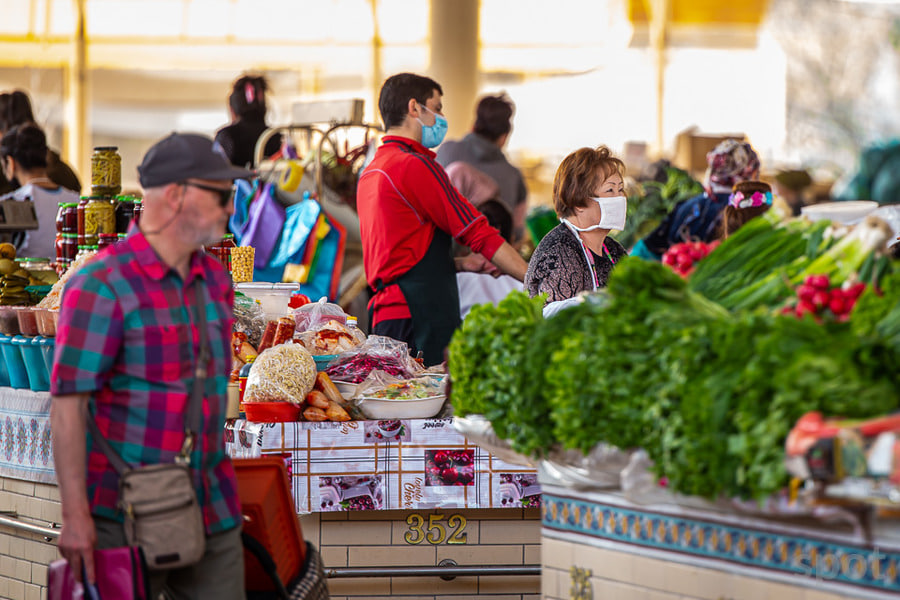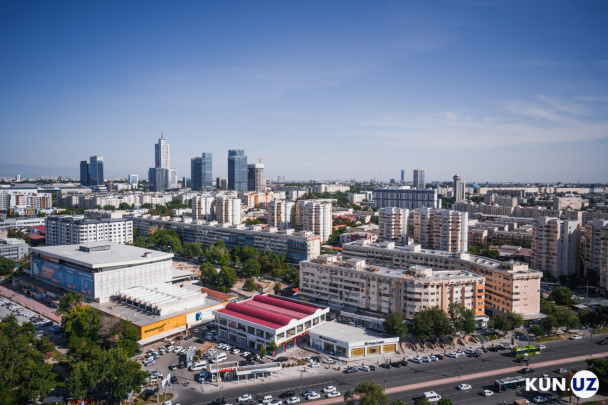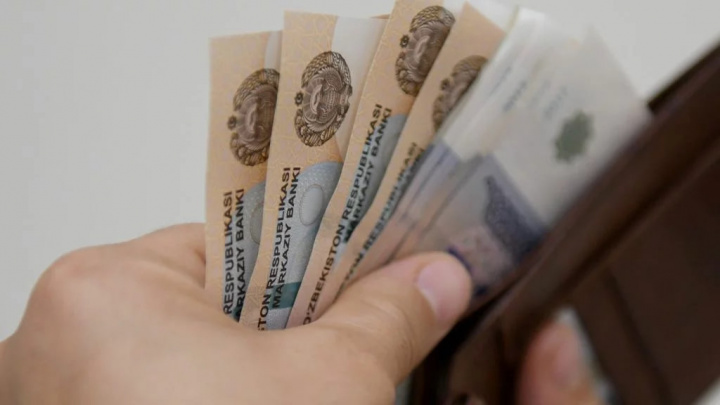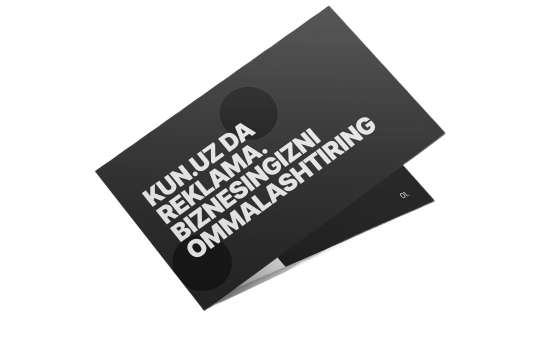Energy costs, utility tariffs continue to shape inflation expectations in Uzbekistan

Photo: Spot
Inflation expectations among the general population in Uzbekistan declined slightly in May, according to a report released by the Central Bank.
The average forecast for price growth over the next 12 months fell to 13.7%, down 0.5 percentage points from April. The median forecast also declined by 0.3 points, reaching 11.1%.
Tashkent once again recorded the highest level of expected inflation at 17.1%, followed by Jizzakh (15.1%) and Syrdarya (14.8%) regions. The most optimistic forecasts came from residents of Navoi and Kashkadarya (both 11.6%) and the Republic of Karakalpakstan (12.2%).
By sector, the lowest inflation expectations were observed in tourism (11.9%), catering, and personal services (12.2%). On the other hand, employees in industry (14.7%), IT (14.4%), government bodies, and the banking sector (14.2%) expressed the highest expectations.
Among income groups, people earning more than 15 million UZS per month reported the highest expected price growth at 16.9%. Those earning between 7–15 million UZS anticipated 15.7%, while citizens with monthly incomes below 4 million UZS gave estimates lower than the national average.
The main factor influencing inflation expectations remained rising utility tariffs, mentioned by 57% of respondents. Additionally, 49% cited higher energy prices, 37% pointed to exchange rate fluctuations, and 32% mentioned transportation costs.
Meanwhile, business inflation expectations saw a slight increase. The average forecast rose to 12.9% (+0.1%), with the median reaching 10.8% (+0.2%).
Among regions, the highest expectations were recorded in Syrdarya (15%), Tashkent (14.4%), and Khorezm (14.3%). The lowest were noted in Karakalpakstan (11%), Surkhandarya (11.4%), and Kashkadarya (12%).
By sector, transport businesses projected the highest inflation at 14.3%, followed by manufacturing at 13.7%. The lowest expectations were registered among craftspeople (11.3%), the agricultural sector (11.9%), and retail trade (12.3%).
Similar to the general population, businesses identified utility tariffs (54%) and energy prices (48%) as the most significant factors shaping their forecasts. Currency fluctuations (40%) and transportation costs (37%) were also mentioned less frequently.
Related News

17:31 / 01.08.2025
Annual inflation slows in Uzbekistan despite utility tariff increases

17:19 / 30.07.2025
VAT refunds fall 17% in Uzbekistan, dragged down by service sector slump

12:40 / 30.07.2025
Uzbekistan’s shadow economy drops to 8% of GDP in H1 2025

20:48 / 29.07.2025



